Why Helium Is the Only Noble Gas That Doesn’t End with “-on”
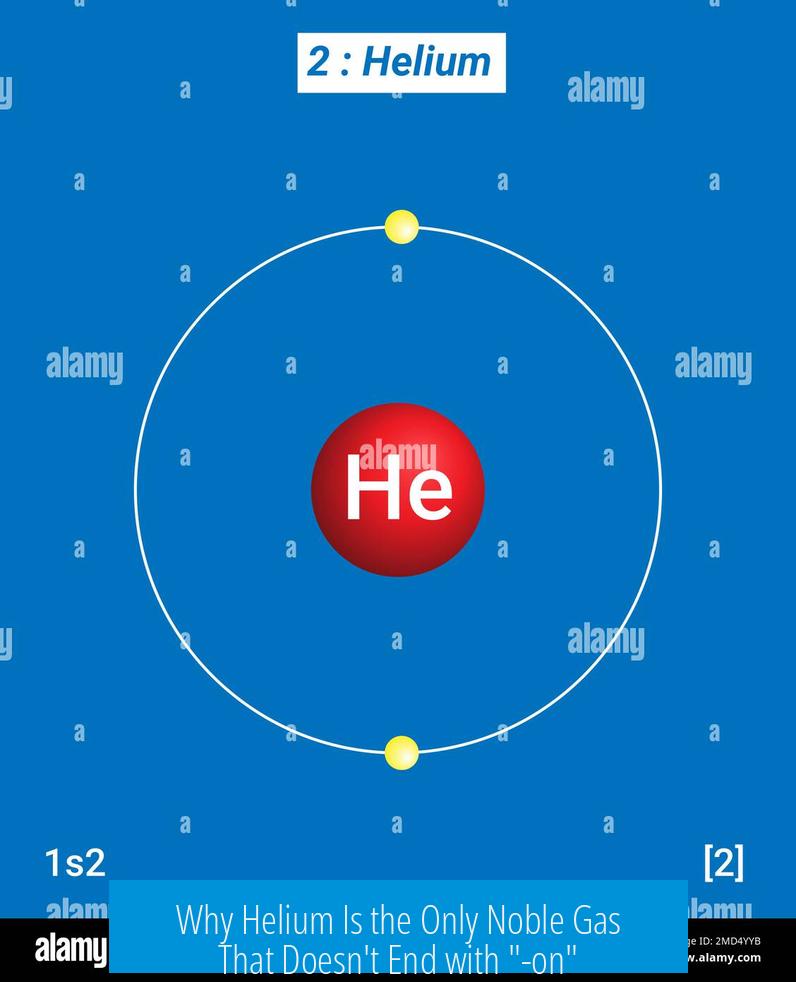
Helium is unique among noble gases by having a name that ends with “-um” rather than “-on” mainly because of its early discovery and naming, which predates the discovery and naming of other noble gases. The name “Helium” comes from “Helios,” the Greek god of the Sun. It was first detected as an unknown spectral line in sunlight, long before scientists isolated it on Earth.
Origin of Helium’s Name
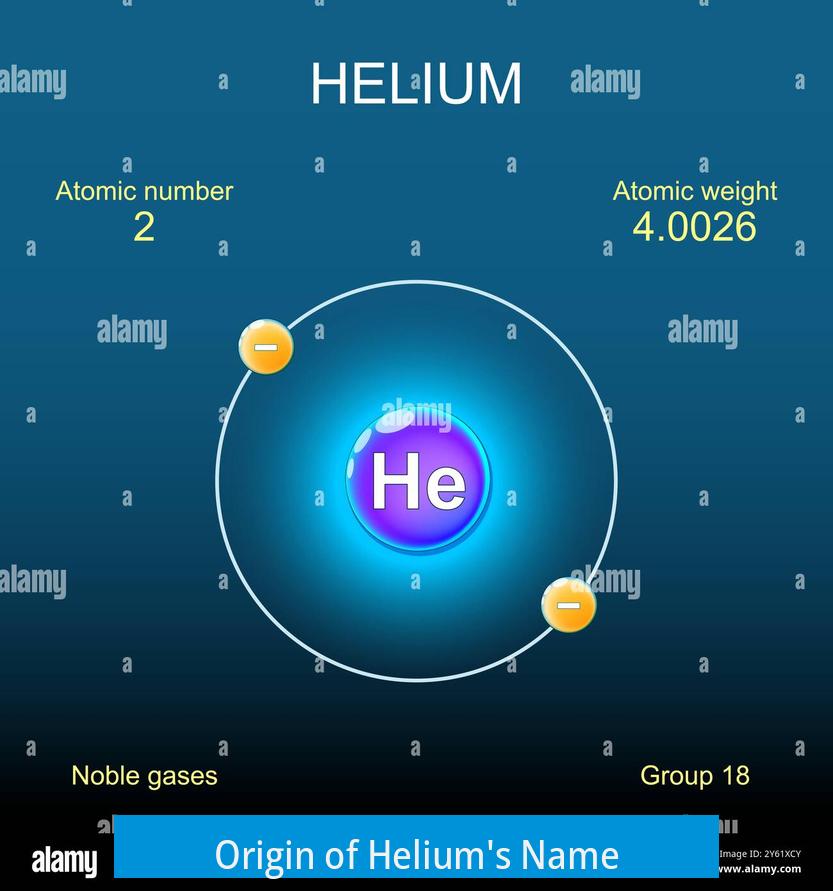
Helium was discovered in 1868 while studying the Sun’s emission spectrum during a solar eclipse. Because it was identified in solar light, scientists named it after Helios. This name was established prior to understanding its chemical properties or classification. Hence, its name did not align linguistically with the other noble gases later discovered.
Contrast With Other Noble Gases’ Naming
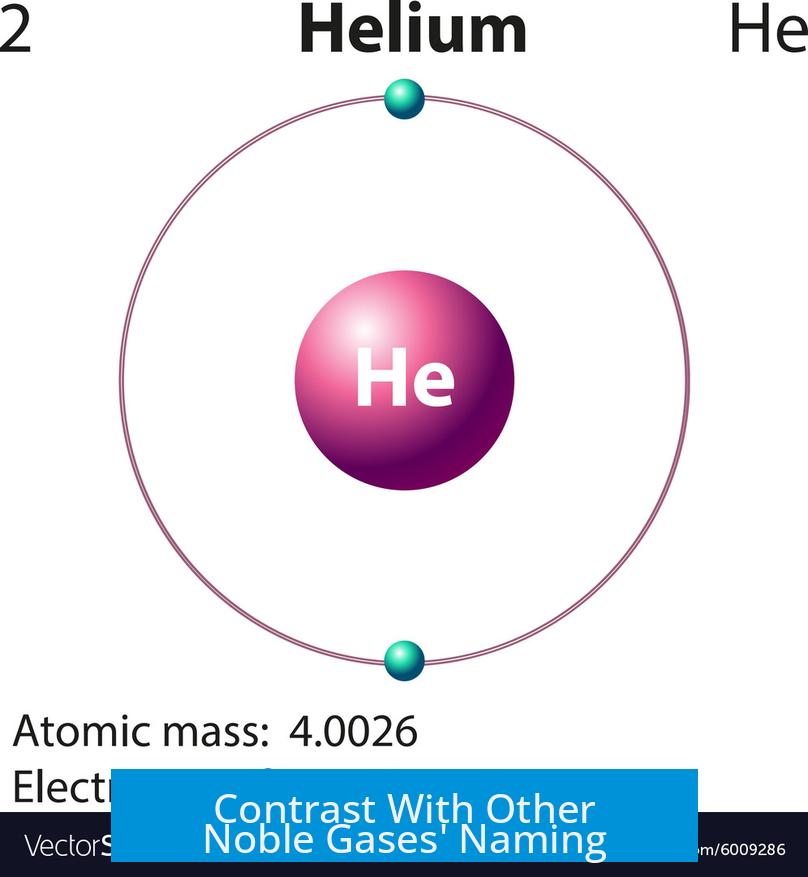
In the late 19th century, Sir William Ramsay isolated several noble gases: Argon, Neon, Krypton, and Xenon. All these elements ended with the suffix “-on,” consistent with a naming pattern adopted then. This “-on” suffix has Greek origins and is stylistically connected across those gases, indicating their group and chemical properties.
Ramsay’s discoveries occurred after helium’s naming, so he named these gases uniformly. Helium retained its original name because it was already established in scientific literature.
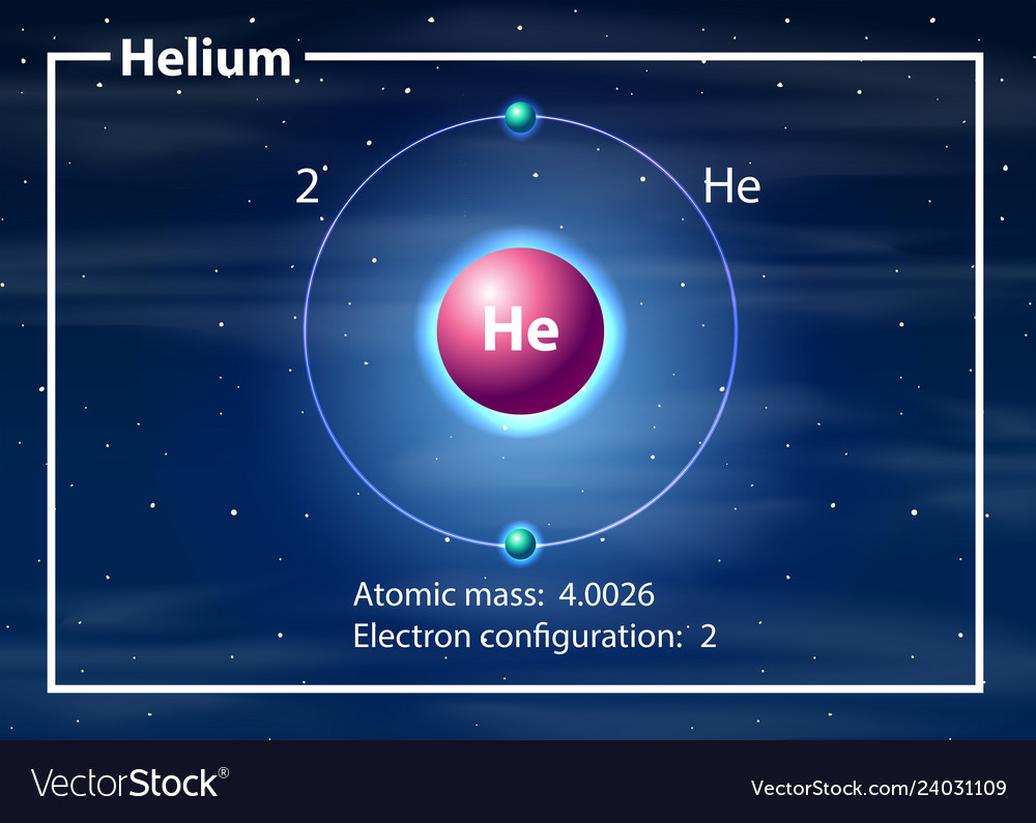
Linguistic and Cultural Factors
- Helium’s “-um” suffix reflects Latin or Greek neuter noun endings, a common convention in science.
- The “-on” ending became a tradition among English-speaking chemists after Ramsay, symbolizing a family of elements known as noble gases.
- Because helium was identified outside this English discovery context, it retained its older, independent name.
Tradition and Practical Considerations
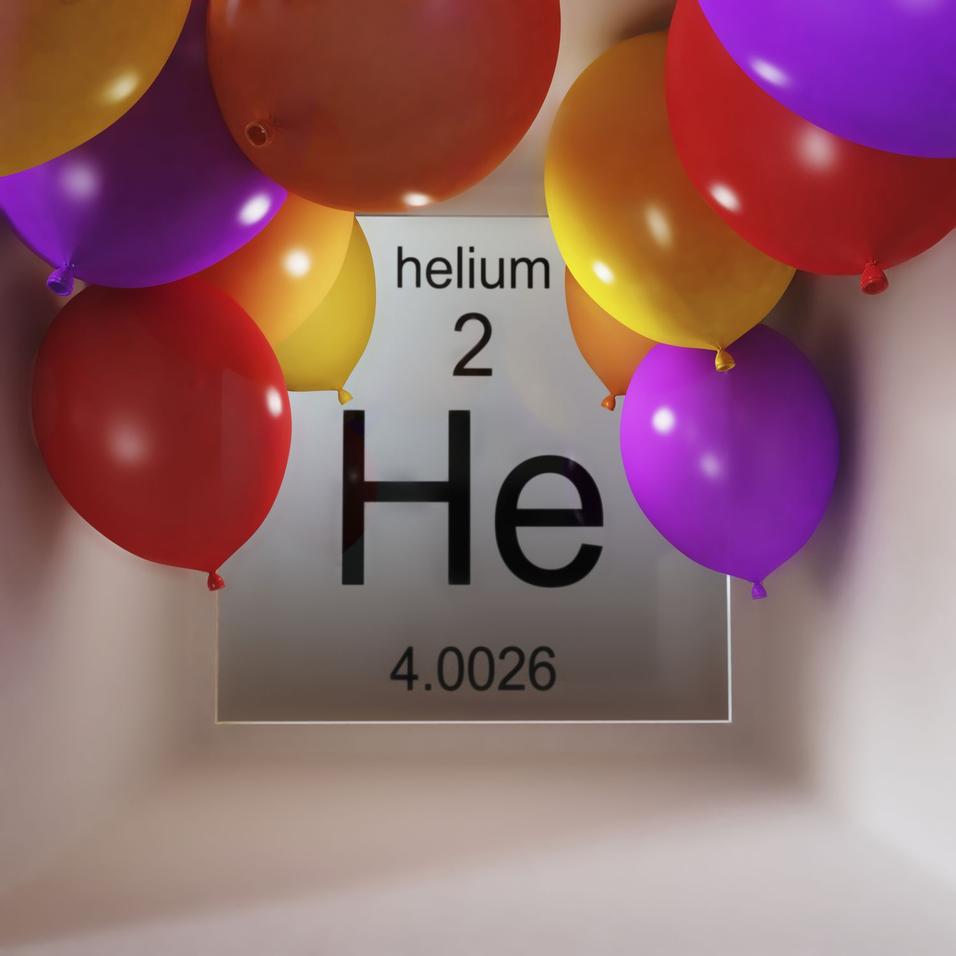
There was no drive to rename helium to “Helion” or similar, even though it might fit the noble gas pattern better. Renaming risks confusion, and “helium” was already well established worldwide.
Moreover, “Helion” is a term already used in nuclear physics for a helium nucleus (two protons and one neutron), so creating parallel names would cause ambiguity.

Summary of Key Points
- Helium’s name originates from its solar discovery and the Greek god Helios.
- Other noble gases were named later, mostly by Sir William Ramsay, who used the “-on” suffix.
- Helium’s “-um” ending reflects older linguistic conventions distinct from the English pattern.
- Renaming helium was unnecessary and could cause confusion.
Why is Helium the Only Noble Gas That Doesn’t End with “-on”?
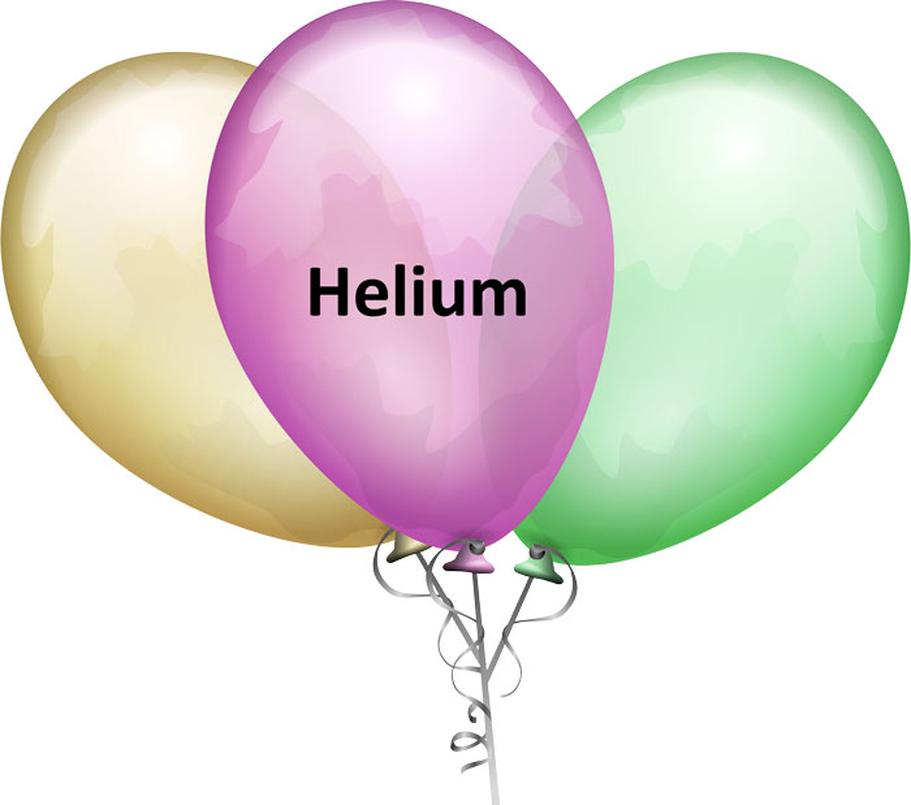
Helium breaks the noble gas naming tradition by ending with “-um” instead of “-on” because its name originated from the Sun’s spectral lines, long before the other noble gases were discovered and named on Earth. The story behind Helium’s unique name is a fascinating mix of astronomy, linguistics, and a dash of tradition that stuck around for over a century.
Let’s unravel this mystery bit by bit, shall we?
A Starry Beginning: Helium’s Solar Name
It all begins with the Sun. In 1868, during a solar eclipse, astronomers spotted mysterious spectral lines in the Sun’s light. The element causing these lines was unknown on Earth at the time. Following classical flair, the element was named Helium, derived from Helios, the Greek god of the Sun.
Isn’t it wild to think we discovered Helium by looking UP before finding it right here on Earth? This early solar connection set Helium apart from its fellow noble gases. It had a name and identity decades before anyone isolated it terrestrially.
Other Noble Gases: One Man’s Naming Scheme
Fast forward a few years, and we meet Sir William Ramsay, the British chemist who snagged Krypton, Argon, Neon, and Xenon from the earth’s atmosphere. As he identified these new gases, Ramsay favored the suffix “-on” to give them a certain linguistic family feel. His naming convention gave us words that sound like they belong in the same club:
- Argon
- Neon
- Krypton
- Xenon
But Helium already had its name, thanks to the Sun watchers. Ramsay could have renamed it “Helion” to align with his style, but tradition—and prior recognition—won out. Not to mention, “Helion” was already commandeered in nuclear physics jargon for Helium nuclei. So, Helium kept its ancient sun-touched moniker.
Why “-um” Instead of “-on”? Linguistic Cultural Influences
Here’s where things get linguistic. The suffix “-on” often comes from English or Greek naming customs for gases that are inert. Meanwhile, “-um” endings are widespread in Latin and Greek for various elements. Helium’s name traces back to the Greek word Helios, adopting a Latin/Greek “-um” ending rather than the English “-on” that Ramsay preferred.
That difference is more than mere phonetics. It reflects cultural and historic influences in scientific discovery. Helium was named by scientists who made observations from a classical mythology and astronomy lens. The other noble gases were named under the strict English scientific tradition led by Ramsay. That’s why we get a single oddball in the noble gas family tree.
Could We Rename Helium to Helion? Tradition Says No
Imagine if someone today said, “Let’s call Helium Helion to fix this inconsistency.” Sounds logical, right? Well, no. Scientific traditions are stubborn old creatures.
Helium’s name is like a cherished heirloom—unchanged despite the mismatch. Moreover, the term “Helion” already has specific, non-interchangeable significance in nuclear physics describing a Helium nucleus (a cluster of two protons and two neutrons). Using it interchangeably would cause chaos.
Besides, “Helium” just sounds smoother. The alternative, “Heliumon”—while funny—would have sounded odd enough to hinder its adoption back then.
Helium’s Uniqueness Doesn’t Stop at Its Name
Intriguingly, Helium’s uniqueness isn’t limited to its suffix. It has a distinct electron configuration. Helium’s outermost electrons fill the 1s orbital, unlike other noble gases which end with a p orbital filled (like 2p, 3p, etc.). Some speculate that early misunderstandings of Helium’s nature—even hinting it might be metallic—added to its exceptional status.
Whether it’s the first electron shell’s quirk or its sun-derived identity, Helium has always been the noble gas that marches to its own beat.
Quick Recap: The Naming Puzzle Solved
- Helium was named after the Greek god of the Sun, based on solar observations, prior to isolation on Earth.
- The other noble gases ending in “-on” were named by Sir William Ramsay after their earthly discovery, uniting them in a naming convention.
- Helium’s “-um” suffix reflects its early Greek and Latin linguistic roots, whereas the others reflect English scientific tradition.
- Renaming Helium to fit the “-on” pattern is blocked by tradition and by “Helion” already being an established scientific term.
- Sometimes, naming history defies neat patterns—etymology doesn’t always have to make perfect sense!
Why Does This Matter to You?
Know that naming conventions in science aren’t just arbitrary. They tell stories about discovery, culture, and history. Next time you party with a balloon filled with helium, remember it’s not just light and floaty—it’s named after the Sun’s rays! This is more than a quirky suffix difference. It’s a little cosmic tale fused into our periodic table.
Have you ever binge-watched science videos and noticed peculiar names and wondered about their origins? This question about Helium’s name shows how rich and human science really is. Feel free to share what other chemical curiosities you’d love to crack!
In the end, Helium reminds us that science is a blend of logic, history, and a pinch of whimsy. And sometimes, an element just wants to keep its “-um” at the end and say, “I’m unique, thank you very much!”
Why does Helium not end with “-on” like other noble gases?
Helium was named before the other noble gases were discovered. Its name comes from Helios, the Greek god of the Sun, due to its detection in the solar spectrum. Later noble gases got names ending in “-on” from Sir William Ramsay.
Did the different discoverers influence Helium’s unique name ending?
Yes, Helium was discovered first from the Sun’s spectrum by a different group than those who found other noble gases. Ramsay named krypton, argon, neon, and xenon, all ending with “-on”. Helium kept its original Greek-based ending “-um”.
Is there a linguistic reason behind the “-um” ending for Helium?
Yes. Helium’s name follows Latin or Greek conventions using “-um,” while the other noble gases’ names use “-on,” more common in English naming traditions. These endings are roughly equivalent but reflect different cultural naming choices.
Could Helium have been renamed to match the other noble gases?
It is unlikely now. The name Helium was well-established by the time other noble gases were isolated. Also, the term “Helion” is used for helium nuclei, which adds confusion and prevents renaming.
Does Helium’s electron configuration relate to its name ending?
No direct connection exists between Helium’s unique 1s electron shell and its name. Naming is mostly based on historical discovery and linguistic reasons rather than electronic structure.


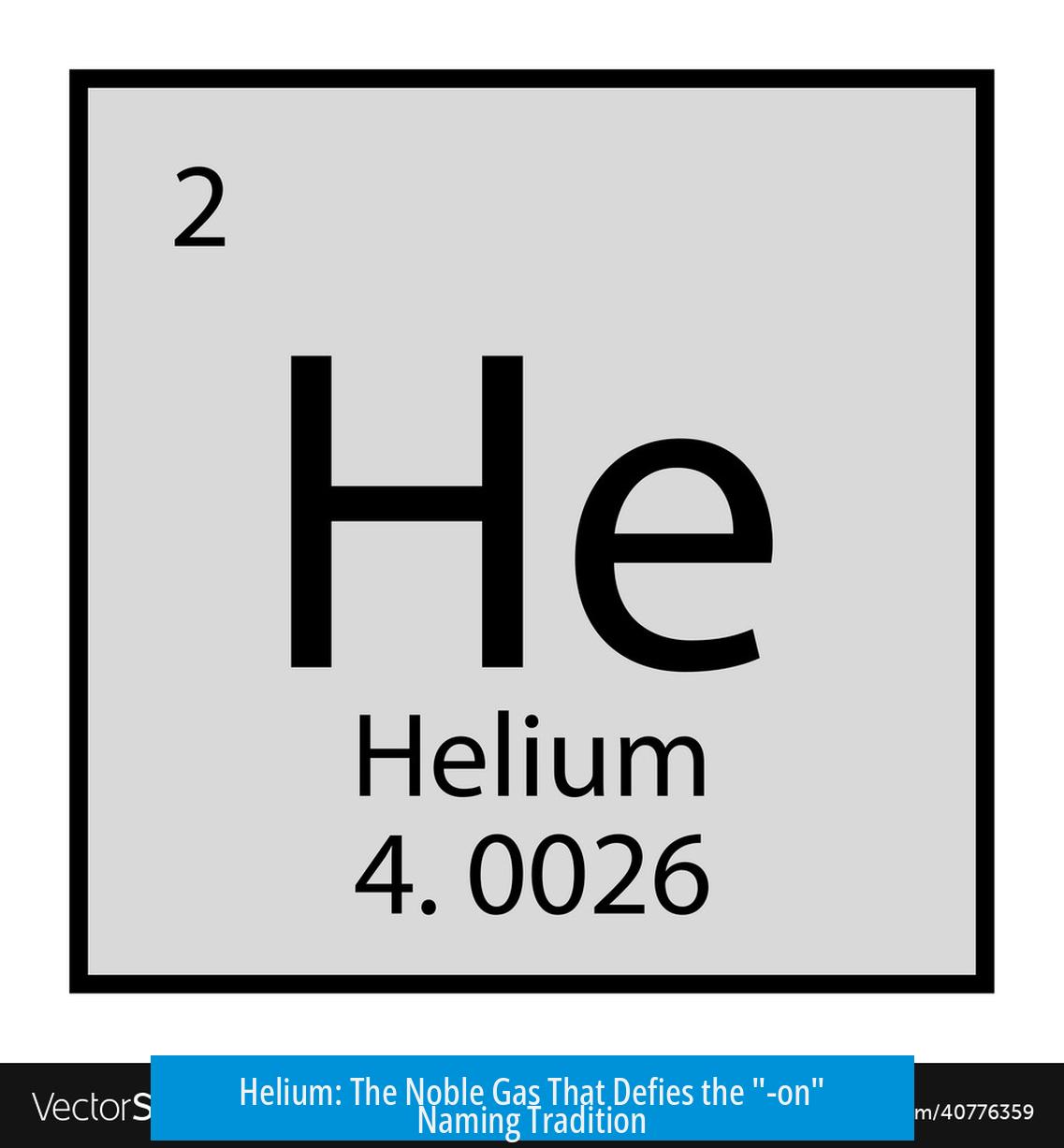


Leave a Comment